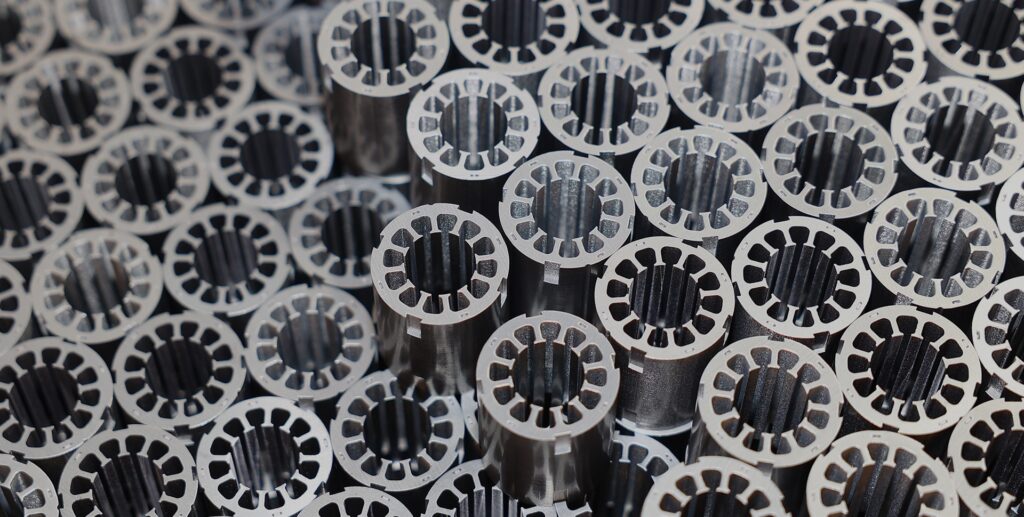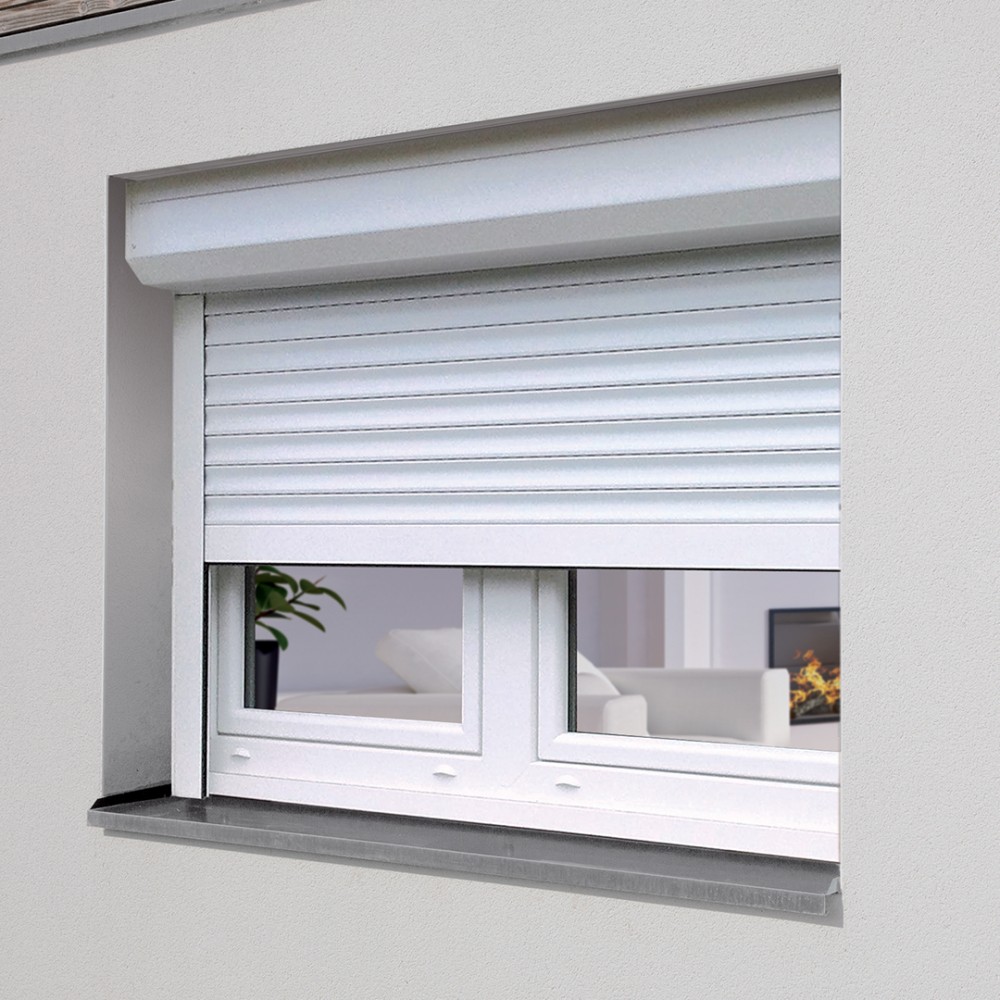Bright Horizons: The Global Rise of Sunshade Solutions
In recent years, the global demand for advanced sunshade systems has surged as homeowners and businesses look for smarter ways to enhance comfort, energy efficiency, and aesthetics. This trend is not just about blocking sunlight; it’s about creating versatile spaces that improve well-being and sustainability. The latest innovations in shading solutions are redefining how we interact with our surroundings, blending design, technology, and eco-consciousness.
The Evolution of Sunshade Technology
Traditional umbrellas and fixed awnings once dominated outdoor shading. While functional, they lacked adaptability to different weather conditions and architectural styles. Modern sunshade solutions, however, integrate automated controls, sleek designs, and durable materials. Motorized canopies, retractable shading screens, and smart pergolas are increasingly popular. These systems can adjust their angle or extend automatically in response to sunlight, wind, or temperature.
One key advancement behind these improvements is automation. High-quality shading systems often use tubular motors for seamless and quiet operation. These compact motors fit inside the roller tube, allowing shades and blinds to move smoothly without bulky external components. For residential patios or commercial storefronts, this ensures both comfort and elegance.
Why Sunshade Matters for Energy Efficiency
A properly designed sunshade system reduces heat gain indoors, lowering the need for air conditioning during summer months. According to energy experts, effective window shading can cut cooling costs by up to 30%. Businesses benefit as well; reducing solar glare improves employee productivity and comfort. Additionally, automated shading can be integrated with smart home systems, adjusting based on sensors or user preferences for optimal energy management.
By strategically installing awnings, louvers, or retractable shades, property owners can minimize UV damage to furniture and flooring. This not only preserves interior décor but also reduces environmental impact by extending the lifespan of furnishings.
Aesthetic Appeal and Modern Design Trends
Another driving force behind the popularity of sunshade systems is design flexibility. Today’s consumers want products that complement their home or building’s architecture. Manufacturers now offer shading products in a wide range of fabrics, colors, and frame finishes. From minimalist aluminum pergolas to elegant fabric canopies, there is an option for every taste.
Moreover, designers are incorporating outdoor shading into modern lifestyles. Rooftop terraces, poolside lounges, and open-air cafés all benefit from stylish shading systems that enhance usability year-round. Many architects now view shading as an integral part of sustainable building design, rather than an afterthought.
Smart Integration: The Future of Sunshade
The future of sunshade systems lies in automation and connectivity. Homeowners increasingly prefer smart shading solutions that integrate with voice assistants and home automation hubs. Imagine telling your virtual assistant to “lower the patio shade,” and it automatically adjusts to the perfect angle.
This is where tubular motor technology shines again. Coupled with weather sensors, shades can retract automatically during storms to prevent damage, or extend on sunny afternoons to maintain a cool environment. These features not only improve convenience but also protect investments in outdoor living spaces.
Global Market Growth and Opportunities
The worldwide market for sunshade and shading solutions is experiencing rapid expansion. Rising urbanization, climate change concerns, and an emphasis on outdoor living have driven demand across residential, commercial, and hospitality sectors. Asia and Europe are leading the adoption of motorized shading systems, with North America catching up quickly as homeowners invest more in home improvement projects.
Manufacturers and suppliers are responding with innovative offerings. Eco-friendly fabrics, solar-powered shading devices, and modular designs are reshaping the industry. Businesses that offer comprehensive solutions—covering design, installation, and after-sales support—are poised to thrive in this competitive market.
Case Studies: Real-World Applications
Hotels and resorts worldwide are investing heavily in modern sunshade solutions to create comfortable guest experiences. By installing retractable canopies and automated shading systems, they provide guests with adaptable outdoor spaces, whether for dining, relaxation, or events. Similarly, urban apartments are incorporating shading into balcony designs, giving residents privacy and comfort without compromising aesthetics.
In residential areas, homeowners are adopting customized sunshade systems to create outdoor “rooms.” These shaded areas often feature integrated lighting and heating, making them functional across multiple seasons.
Sustainability and Environmental Benefits
Modern sunshade solutions also contribute to environmental sustainability. By reducing reliance on energy-intensive cooling systems, they help lower carbon emissions. Some manufacturers are exploring recyclable materials and sustainable production methods, further minimizing environmental impact.
Solar-powered motorized shading devices are another exciting development. By harnessing renewable energy, these systems operate independently from the electrical grid, making them ideal for eco-conscious homeowners.
The Road Ahead
As consumer expectations evolve, the sunshade industry is poised for continued innovation. Future advancements may include AI-driven shading systems that predict weather patterns, or adaptive materials that change transparency based on sunlight. The integration of shading solutions with smart building technologies will further enhance comfort and energy performance.
What remains constant is the growing recognition that effective shading is not a luxury but a necessity. Whether for residential homes, commercial properties, or hospitality venues, sunshade systems improve comfort, aesthetics, and energy efficiency.
Conclusion
Modern sunshade solutions are far more than simple covers; they represent the intersection of design, technology, and sustainability. With innovations like smart automation and tubular motor integration, they offer unmatched convenience and performance. As demand continues to rise, the industry will play a crucial role in shaping the future of comfortable and eco-friendly living.



